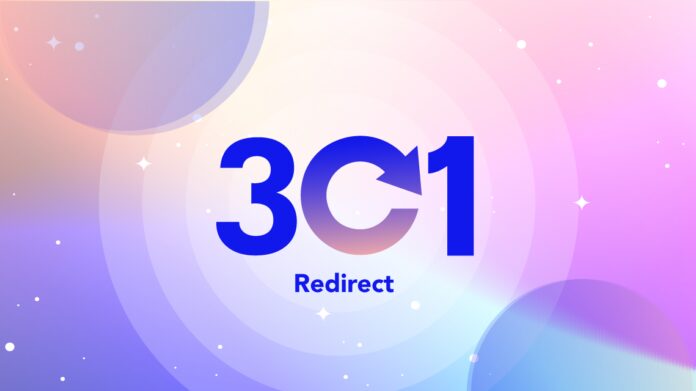
Websites are built with the intention of being presented to anyone who wishes to view them. This also means that they will be visited by spiders belonging to search engines looking for content on your website. For a web page to rank well in search results it must contain keywords relevant to the information contained on it, plus have sufficient links pointing towards it from other websites.
The link structure of a website is very important because it can make or break how successfully pages are ranked. Link optimization is an art form in itself, but there are large factors that must not be neglected- one of these factors is internal linking. Internal linking refers to hyperlinks placed within the text which link back to other relevant parts of your site, therefore making navigation easier for the user.
If you are looking to generate higher traffic through internal linking and need more advanced ways, then we’ve got you covered. In this post, EZ Rankings has shared the tips to optimize your website’s internal link structure.
1. Create sufficient content

You should first determine the amount of content you can create. This can be done by asking yourself whether there are enough topics related to your business that you could write an article for every day, for weeks. The website’s best internal linking opportunities come from having a lot of articles that readers might search for or refer back to. When you have a lot of relevant content, you can plan a better strategy for internal linking.
Having more content is useless if it’s not written well; what will happen instead is that users will leave your site after reading one page and search engines will rank other sites higher because they do not like spammy content. Therefore, make sure all of your websites’ pages contain great information written in fresh new ways so as not to bore the reader.
2. Using anchor texts properly
Anchor texts are the clickable words or phrases in a hyperlink. When you use them, you must be very careful to make sure that they are not over-optimized because this will result in penalties from Google. Natural anchor texts are those that are most effective for improving site ranking, and these include the website’s name, acronyms, and generic keywords.
You should also vary the anchor texts you use to avoid being penalized by search engines. For example, if 50% of your links all use the same anchor text, then the search engine might determine that your site is trying to manipulate its ranking. When you vary your anchor texts, it makes your site look more natural to the search engine and it will be able to determine that your site is credible.
3. Use 301 redirects

301 redirects are permanent redirects that ensure that the visitors’ search engine rankings remain intact while also forwarding them to the new page. This can be very beneficial if you need to make changes to your website’s internal linking; for example, you might want to change a category structure or move an article from one part of your site to another.
Do not change these links manually each time you make a change because this could confuse search engines and affect how your pages rank for different keywords. By using 301 redirects, all of this can be done within seconds with just a few clicks without confusing search engines or having it affect how pages rank in search results. Creating anchor texts and using 301 redirects will increase the trust of your website in the eyes of search engines.
4. Use keywords as anchor texts
Using relevant keywords as anchor texts is a great way to improve your site’s ranking. Using keywords as links helps make sure that users are taken to pages where they can find what they want to read about, which encourages them to spend more time on your site and keep coming back for more.
You should use targeted keywords as anchor texts because these provide a lot of value and will help you achieve your site’s goal; however, you must also be careful not to use too many specific terms or phrases because this can cause problems with users’ comprehension since it might be difficult for them to determine the purpose of the link.
5. Use follow links

Follow links are the default type of link, and these are the ones that search engines prefer. When you use do-follow links, it tells the search engine that you want it to index the linked page so that it can appear in search results.
You should use follow links as much as possible because they help improve your site’s ranking while also providing value to users. When you use no-follow links instead, you’re telling the search engine not to index the page, which means that it will not be able to appear in search results. This is not something you would want to do because it decreases your site’s visibility and could cause users to leave your website altogether.
Wrapping up!
By following these tips, you can create a better internal linking structure for your website that will help improve your site’s ranking and the overall user experience. Remember to use keyword-rich anchor texts, follow links, and 301 redirects to make sure that your site is properly optimized. Creating a good internal linking structure is one of the most important things you can do for your website’s SEO.





